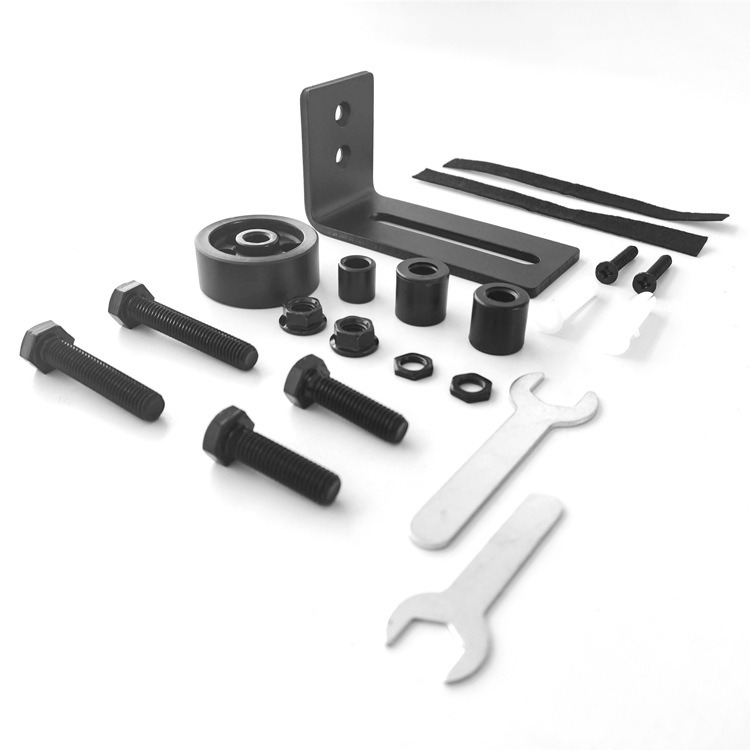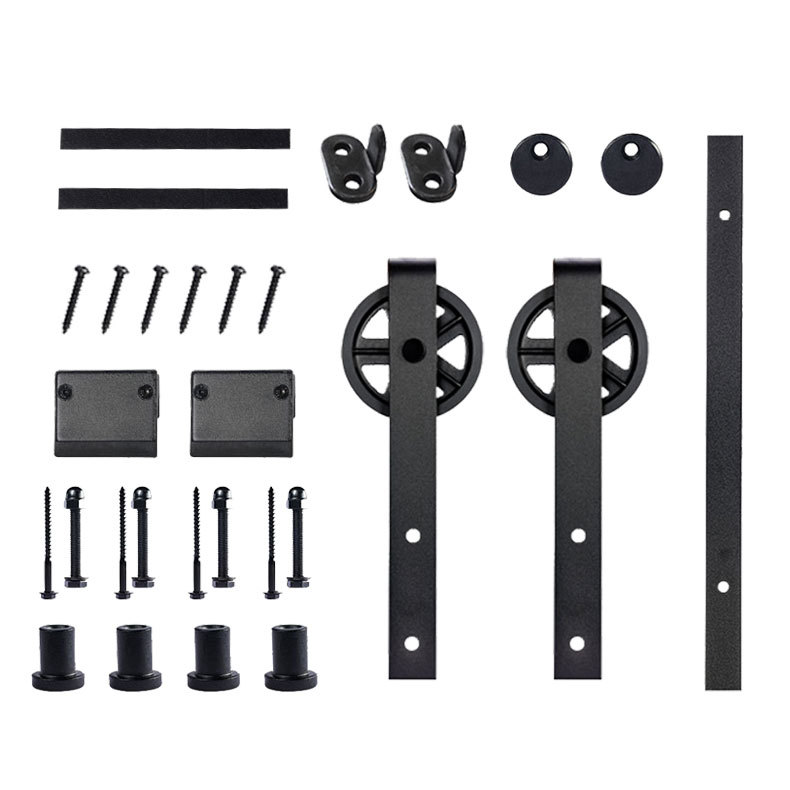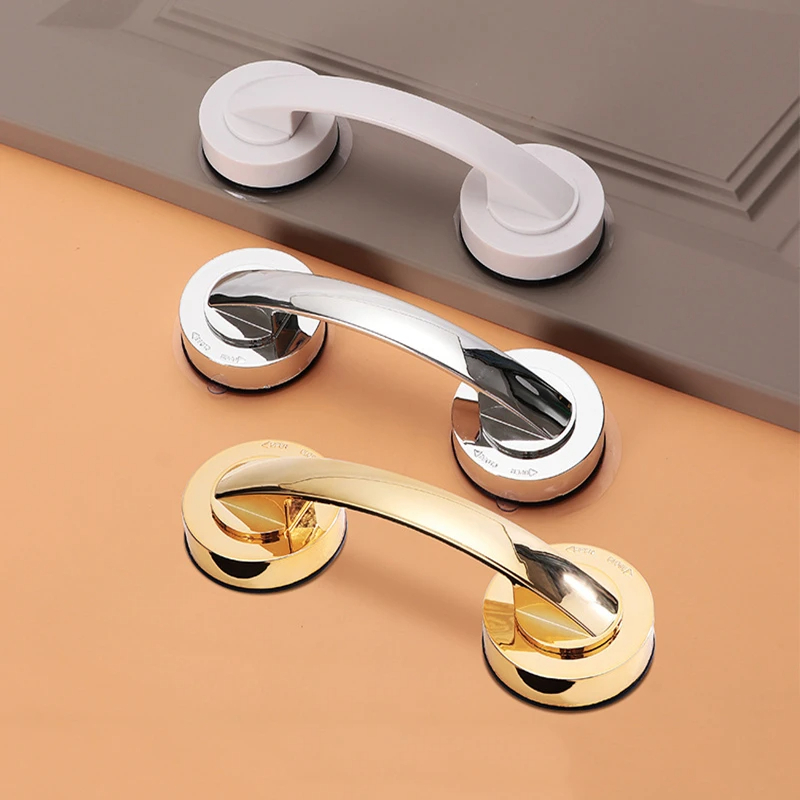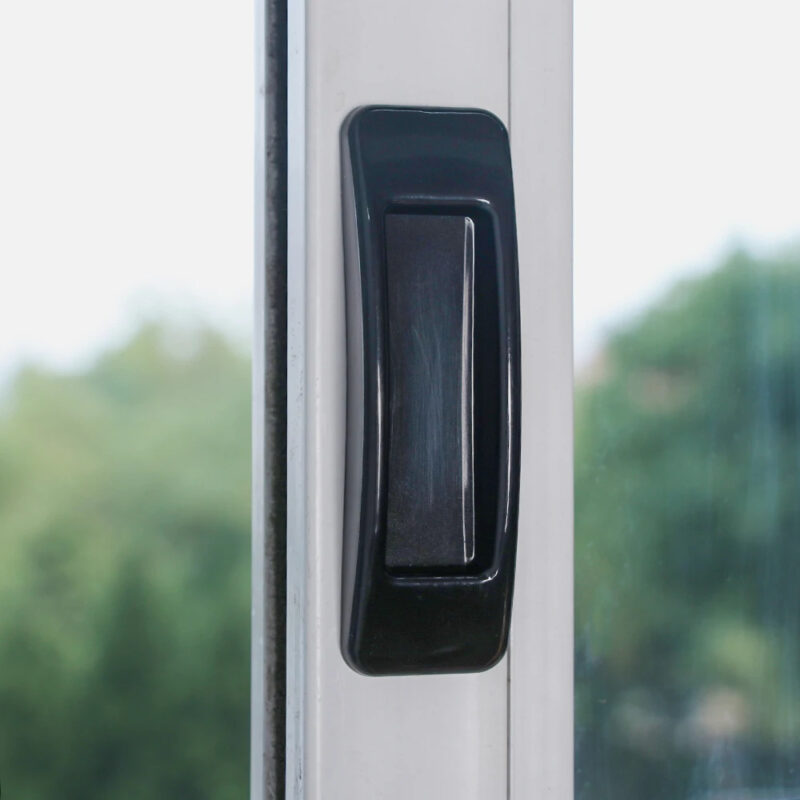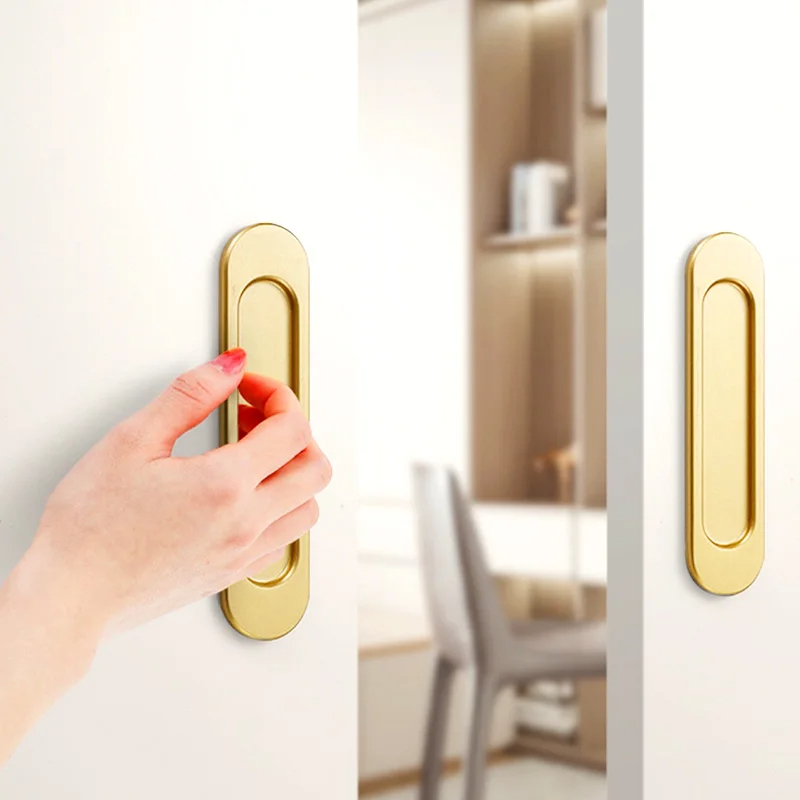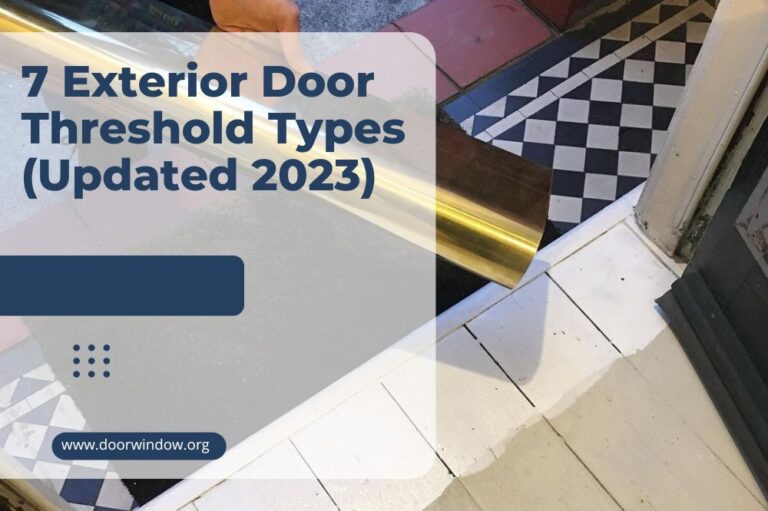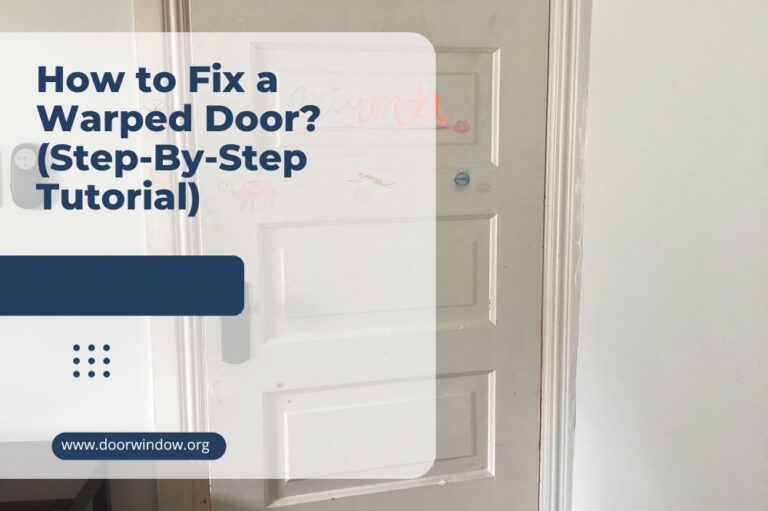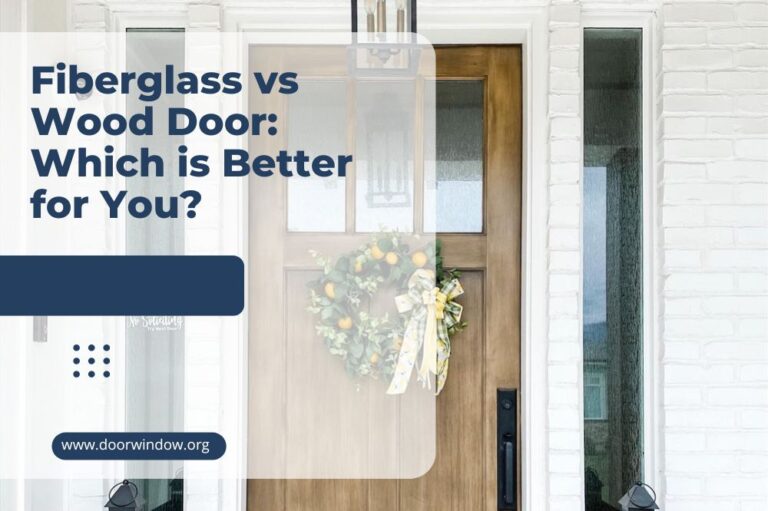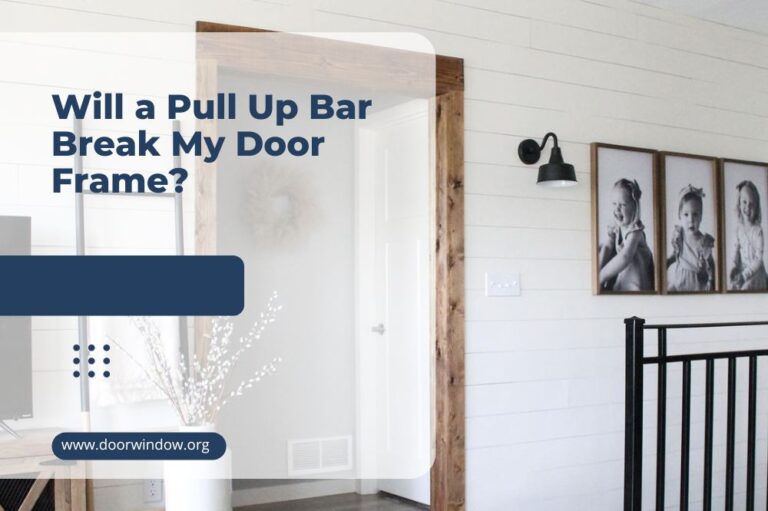French Door Dimensions (A Comprehensive Guide)
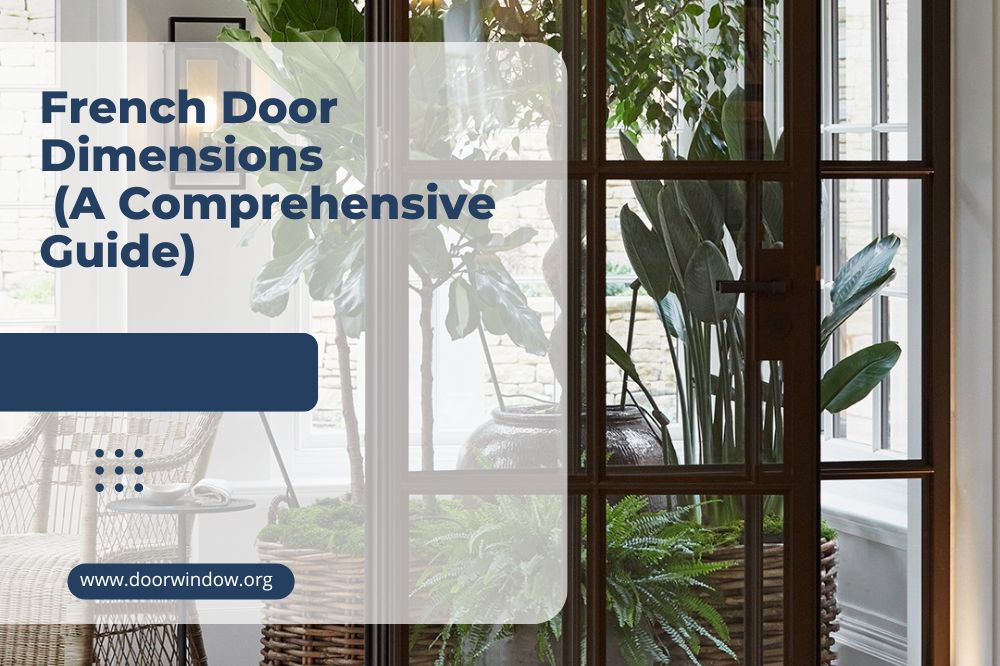
French doors are a popular choice for their elegant design and ability to let in natural light. However, there are many variants, and it can easily get overwhelming to select the dimensions that are best for your house. Well, you have landed at the right place because we understand your struggle as a homeowner. It is obvious that you want your house doors to not only be functional but also add to the overall aesthetic appeal.
So, this article will offer a comprehensive guide to help you get acquainted with the available french door dimensions. By the end of this article, you will have all the information you need to buy a perfect French door for your home. So, let’s get started right away.
Standard Dimensions for French Doors
A French door has a two-panel design, and its elegance is in the swing-like open motion. These doors give a sense of spaciousness and allow light and fresh air inside. The width of French doors typically ranges from 24 to 48 inches, while the height is usually set at 80 inches (especially for the exterior doors).
Now, you must know that these dimensions can vary based on the thickness of the doors and frames. The thickness of French doors can range from 1 3/4 inches to 2 1/4 inches, while the frames can be anywhere from 4 9/16 inches to 6 9/16 inches.
A very commonly used size is a 36 inches french door that is ideal for an average door opening. But you can definitely find these doors to as many as 60 inches. However, if you want to have a french door that has a width of more than 100 inches, then you have to get it custom-made. So, for custom-made doors, the width can be as per your preference, e.g., 72 or 84, or 60.
Although French doors outside this range exist, these sizes are generally considered the standard dimensions for these door types. Eventually, the door size will depend on the room’s dimensions and the door opening.
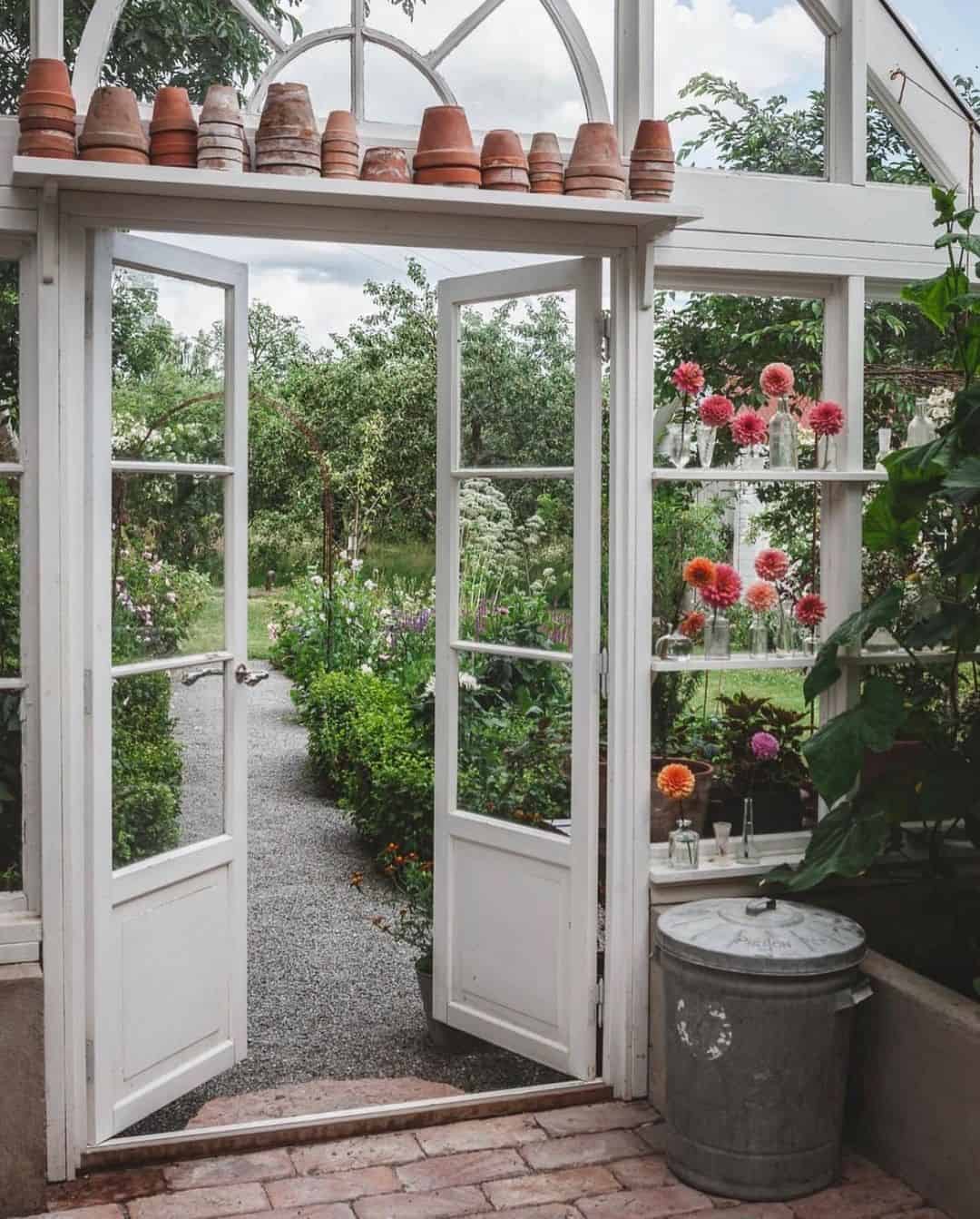
Significance of Width & Height
Width and height play a significant role in the functionality and aesthetics of French doors. The width of a French door can affect how easily it opens and closes and how much natural light it lets in. On the other hand, the height can impact the overall look and feel of the door and the amount of ventilation it provides.
As a general rule, wider French doors offer more natural light and better ventilation, but they can also be more difficult to open and close. On the other hand, narrower doors may be easier to operate, but they let in less light and provide less ventilation. Moreover, taller French doors can make a room feel more open and airy, but they may also be more challenging to install and operate.
Shorter doors, on the other hand, are easier to install and use but may not provide as much ventilation or give the same open feeling. In short, there are pros and cons to different dimensions and you will have to pick one and strike a bargain. So, select your priorities, before finalizing anything else.
Step-By-Step Quick Measuring Guide
Even if you’re not looking forward to doing it all by yourself, it always helps to at least know the drill because you’re better able to specify and alter the door dimensions. Moreover, it’s not rocket science either, because we have laid the steps in a very simple manner, for you to follow conveniently.
- Make Up Your Mind: This is the very first step when it comes to taking the measurements of your door. Because if you’re unsure about the desired dimension, there’s no way you can get started on measuring it. So, take a decision now.
- Get the WxH Dimensions: Once you decide on the door size, you need to get a measuring tape and measure the width (W) and height (H) of the door opening.
- The Final Equation: Now that you have the readings, you are going to add “1” to each, so it should look like this: W+1 x H+1. You’re simply increasing the measured width and height by 1 and this is to account for the door framing.
That’s all you have to do! Voila, it’s this simple and wouldn’t take more than five minutes of your time. However, if you’re still not sure whether you can do it yourself, then definitely seek help from a professional and get it measured properly for your house.
Pro Tip: Be sure to measure at the opening’s top, middle, and bottom to ensure that you have an accurate measurement. Also, make a note of any obstacles or irregularities in the opening. This could include things like pipes or electrical outlets. It’s important to note these obstacles as they can affect the door size you need.
Basic Categories of French Doors
Generally, you’re going to find French double doors or triple doors and both come with an ‘inswing’ and an ‘outswing’ variation. Moreover, the swing direction also has left and right-hand variations.
The double door variants with an inswing or outswing are the most commonly sought french doors because it’s a very basic design with two panels swinging open. These are often selected for use as access points for porches, decks,s, etc. The only difference between the inswing and outswing doors is the direction in which the door opens up.
On the other hand, the french doors with triple panels are not so commonly used nowadays, and out of the three panels, only two panels actually open, while the third one is a fixed panel. So, these doors have a more enhanced aesthetic appeal.

All About Custom French Doors
Sometimes, standard French doors just don’t cut it. Maybe you have an irregularly shaped door opening, or you just have a specific vision in mind for your doors. In these cases, custom French doors may be the answer.
You’ll start by getting in touch with a representative from the company and discussing your specific needs and design preferences. This might include things like the size of the doors, the materials you want to use, and any special features or finishes you are interested in. Once you’ve narrowed down the specifics of your custom doors, the manufacturer or supplier will provide you with a quote.
The cost will definitely vary, depending on the door specifics (e.g., size, the material used, etc.). So, doors made from materials like wood or metal may be more expensive than those made from vinyl or fiberglass. Other factors that can affect the cost of custom French doors include the finish, hardware, and any special features you choose. For example, adding decorative glass or installing a unique handle or lock may increase the overall cost of the doors. You can come to a feasible cost for the custom doors by adjusting the relevant factors.
The Perfect Material for French Doors
It is a very common question that makes people often feel quite confused because it has a huge role to play in deciding about the cost that you’re going to bear. But if you were expecting a one-word answer about the perfect material to select for the doors, you’re in for a bit of disappointment. Because there’s no way to give a short answer to this question. However, we are going to review some of the most commonly used materials for french doors.
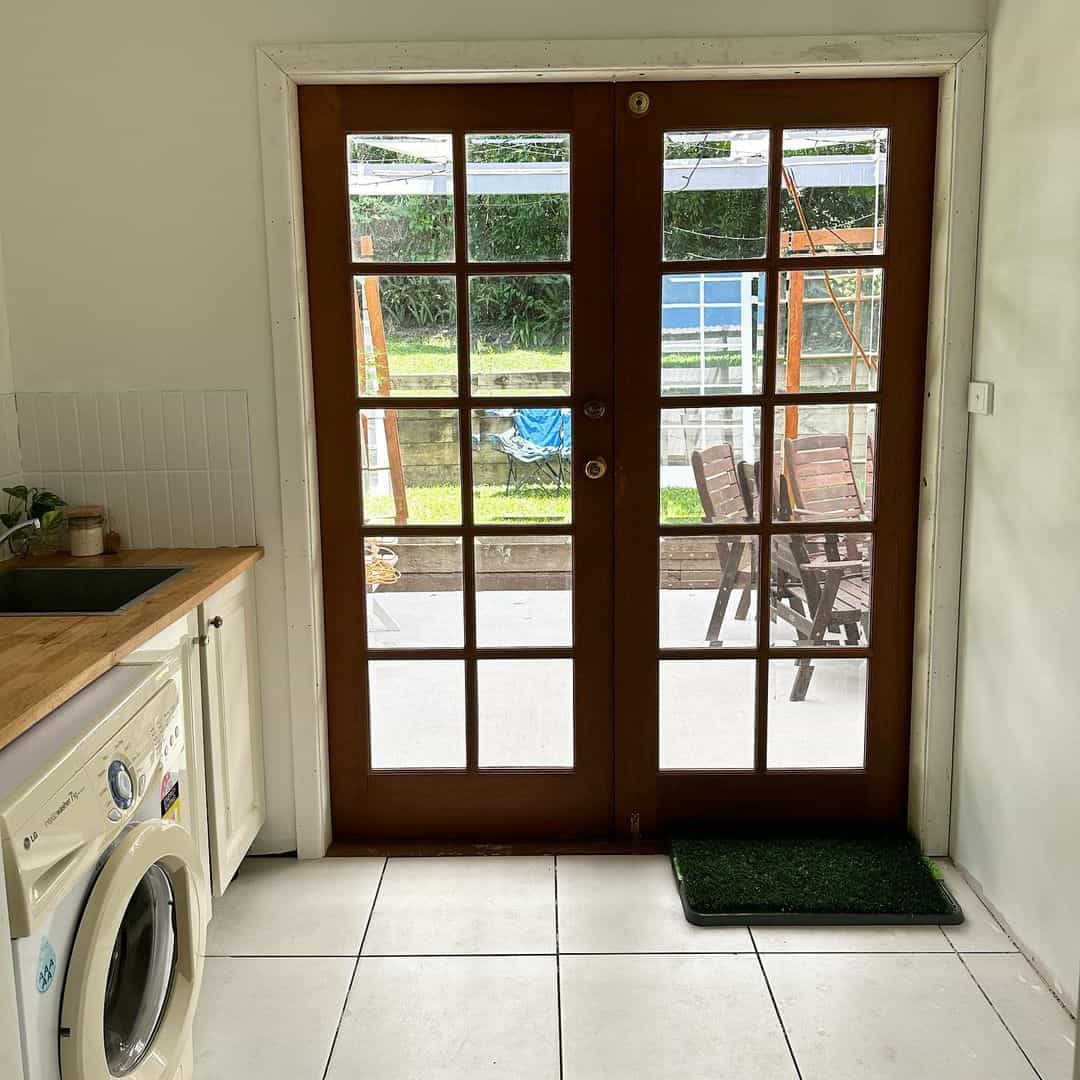
- Wooden Doors: Hearing about “wood” for doors is no news because it is one of the most commonly used materials for windows, doors, and several other aspects of a house. Needless to say, this is a popular choice for French doors as well. They bring a touch of mother nature to your house and have a very traditional appeal. But there are always pros and cons, for instance, wooden doors definitely require a lot of consistent maintenance and should not be preferred for extreme climates.
- Metallic Doors: One of the key appeals of metallic doors is the feature of durability that they bring. You can select from steel or aluminum, and both have their unique benefits. Aluminum doors are great at resisting harsh climates or heavy moisture, while steel comes with an additional enhanced insulation appeal as well.
- Vinyl or Fiberglass Doors: This category of vinyl or fiberglass is quite an innovative and modern one. Vinyl offers protection against corrosion and rust and is quite convenient to manage. In comparison, fiberglass is a very cost-effective material and has enhanced strength as well, making it a perfect choice for outdoors.
However, you have to consider several factors before picking the material for the french doors. So, take your time and carefully make this decision.
Conclusion
So, all in all, you’ll easily find a variety of french doors, and if there’s nothing that fits your requirements, you can go for a custom-designed door to fit your needs to perfection. However, you will have to make some compromises as well and strike a middle ground when it comes to features because all the design variations have some benefits and some disadvantages. Whether you end up with a small-sized french door or a larger one, it is all in your hands!

